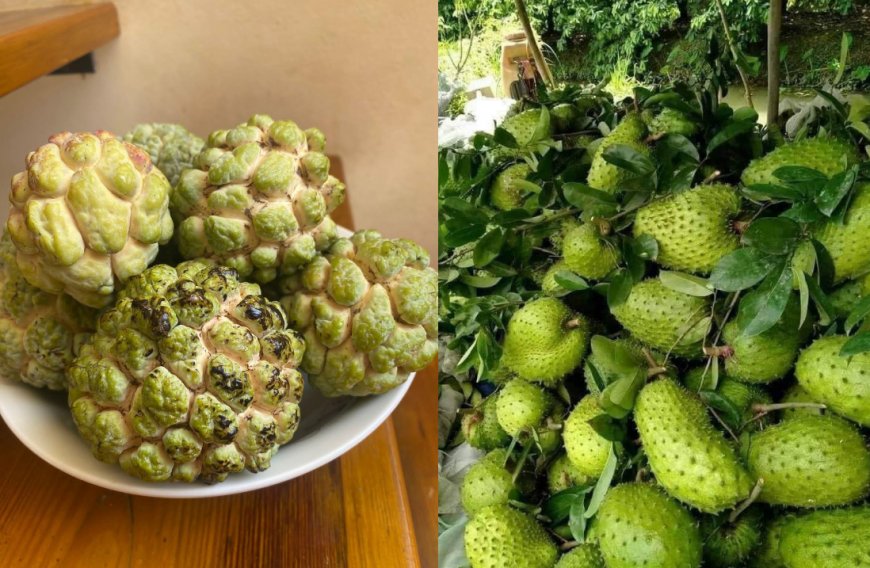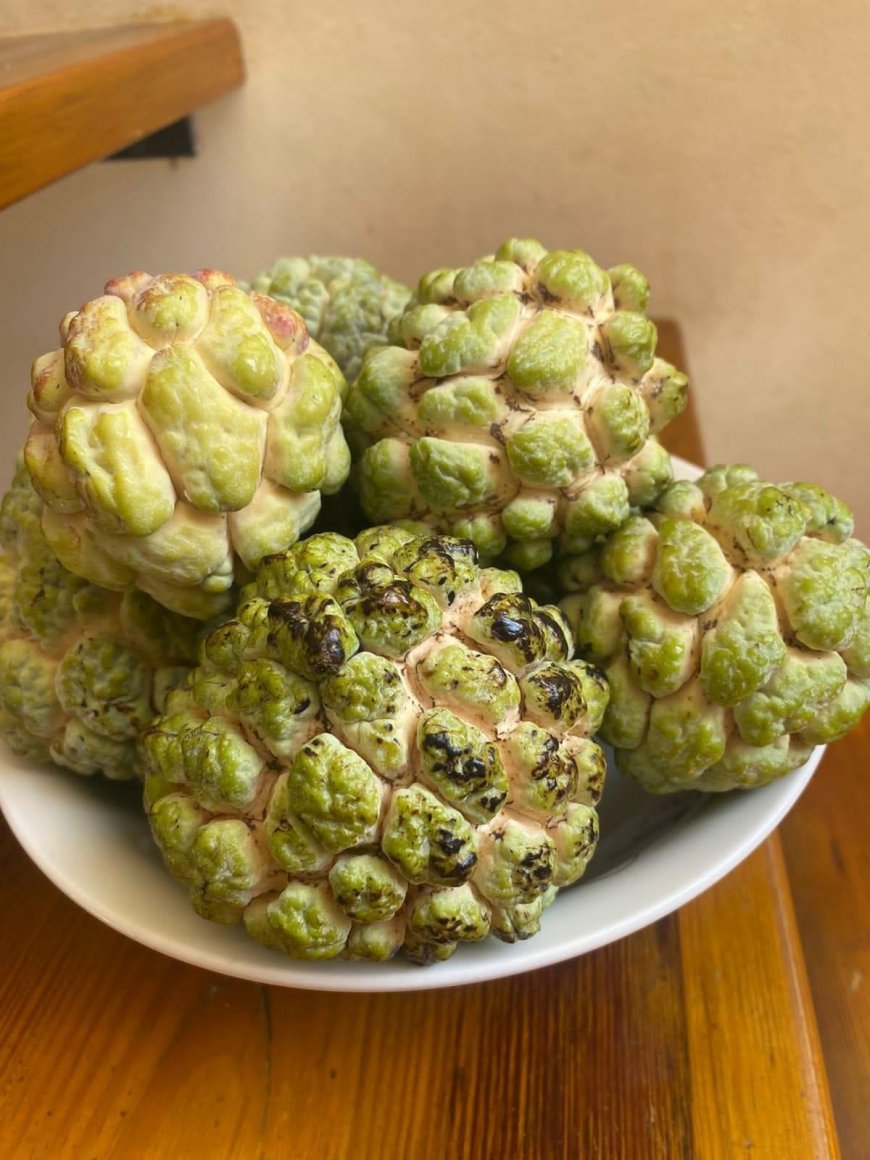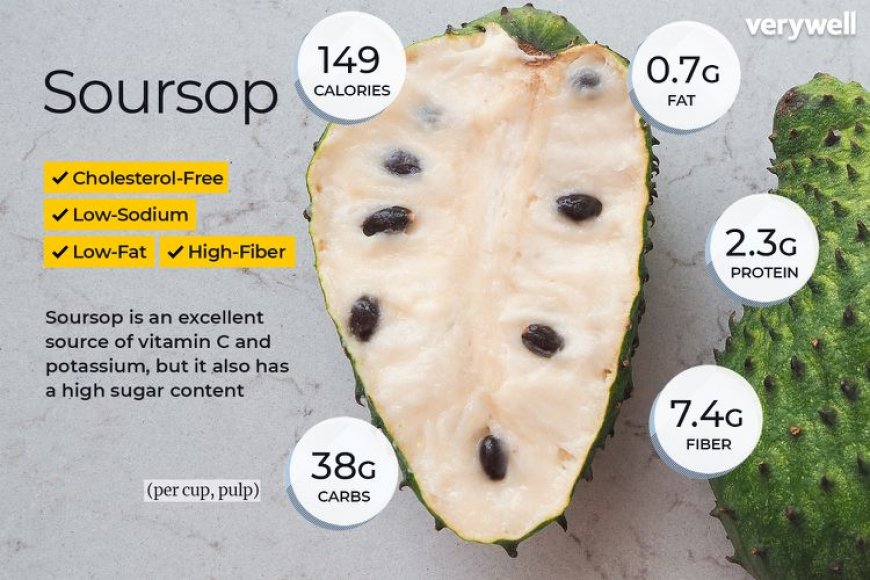Custard Apple Cousins, A Showdown of Sweet Sop vs Soursop
Sweet sop and soursop: two cousins, one creamy texture. But which reigns supreme? Explore their differences, culinary uses, and hidden gems to crown your tropical fruit champion!

The vibrant markets of Jamaica are a riot of colors and aromas, with exotic fruits vying for attention. Among these tropical treasures, two spiky green sisters reign supreme: the sweet sop and the soursop. Both hailing from the Annonaceae family, these beauties tantalize with their creamy flesh and unique flavors, but their personalities couldn't be more different. Let's dive into the delectable world of these contrasting cousins!
Appearance:
Sweet sop: Smaller and rounder than her sister, the sweet sop boasts smooth, light green skin segmented into bumpy scales.When ripe, it yields to gentle pressure,revealing creamy white flesh within.
Soursop: Larger and more elongated, the soursop is covered in sharp, emerald green spikes. Its bumpy skin hides a snow-white interior dotted with large, black seeds.
Flavor Profile
Sweet sop: As the name suggests, this fruit lives up to its billing. Its flesh is a burst of pure sweetness, reminiscent of ripe banana and custard, with subtle hints of citrus and vanilla.
Soursop: Don't be fooled by the moniker!While initially tart, the soursop's flavor quickly evolves into a complex mix of strawberry, pineapple, and citrus, with a lingering tang that's refreshingly unique.
Texture:
Sweet sop: The sweet sop's flesh is soft and custardy, melting in your mouth like ice cream. It's perfect for scooping out and savoring on its own.
Soursop: Slightly firmer than the sweet sop,the soursop's flesh has a fibrous texture that some find appealing. It's ideal for blending into juices, smoothies, and ice creams.
Nutritional Value:
Both fruits are packed with vitamins and minerals, making them a healthy tropical treat. Sweet sop is particularly rich in vitamin C and fiber, while soursop boasts high levels of vitamin B6 and potassium.
Versatility:
Both fruits are culinary chameleons!
Sweet sop: Enjoy its sweetness fresh, in fruit salads, or made into ice cream and jams. Its delicate flavor shines in desserts like mousses and puddings.
Soursop: This tangy fruit is a star in juices,smoothies, and sorbets. Its bold flavor pairs well with savory dishes like curries and stews, adding a surprising twist.
Beyond the Plate:
Traditionally, both fruits have been used in folk medicine for various ailments. Soursop leaves are brewed into tea for its purported anti-inflammatory properties, while sweet sop seeds are used to treat intestinal worms. However, it's important to note that scientific evidence for these claims is limited and some parts of these fruits, particularly the seeds, can be toxic if consumed in large quantities.
The Verdict:
Choosing between the sweet sop and the soursop is a matter of personal preference. Do you crave pure sweetness and creamy indulgence? Opt for the sweet sop. Desire a vibrant, complex flavor with a refreshing tang? The soursop awaits. Ultimately, the best way to decide is to try them both and discover your own tropical fruit soulmate!
So, the next time you encounter these beguiling beauties in the market, remember their unique personalities and culinary potential. Embrace the sweet sop's gentle charm or surrender to the soursop's adventurous spirit. Your taste buds will thank you for it!











